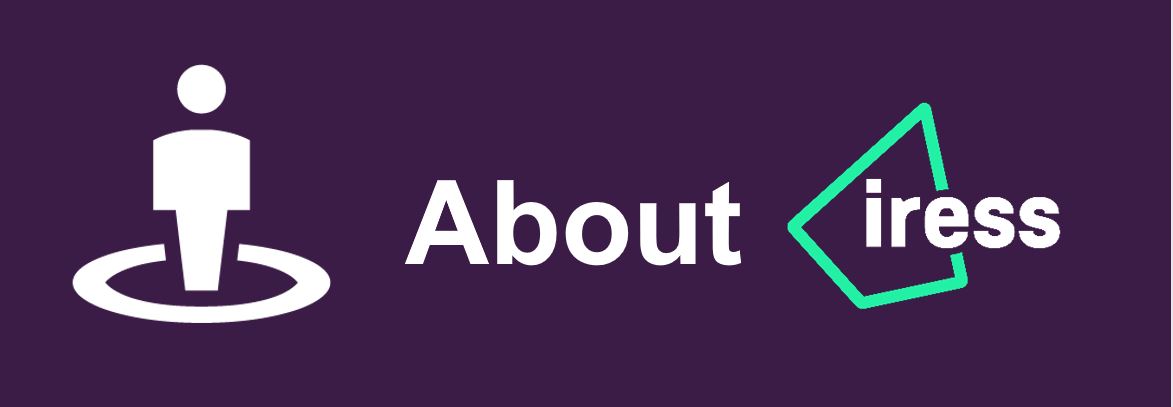Surviving a critical illness or trauma
Written and accurate as at: Apr 10, 2016 Current Stats & Facts

Cancer and cardiovascular disease (heart attack and stroke) are leading causes of death and disability in Australia. Recent statistics from the Cancer Council of Australia and the Heart & Stroke Foundations show that 1 in 2 Australian men and 1 in 3 Australian women will be diagnosed with cancer by the age of 85.
An estimated 130,470 new cases of cancer will be diagnosed in Australia this year, with the number set to rise to 150,000 by 2020.
Cardiovascular disease affects one in six Australians. In 2015, there were more than 50,000 new and recurrent strokes, that is 1,000 strokes every week or one every 10 minutes.
While the incidence of serious illness does increase with age, still people in younger age groups are affected.
Early detection of many illnesses and advancements in medical treatment and care, mean the likelihood of survival is much higher. Whilst this offers a huge sense of relief, the increased financial burden of recovery due to medical treatment and rehabilitation expenses as well as the loss of income due to time out of work can be difficult to manage financially.
Trauma insurance is designed to help people bridge this gap by providing financial protection against the costs of managing and treating a critical illness diagnosis and financial pressures associated with loss of income.
In the event of a successful trauma claim, an insurer will pay out a lump sum, free of tax, on diagnosis of one of the conditions specified in the policy. The timing of this payment is designed to assist you at a time of most need; providing options for choice of care, hospital, medication and treatment, rehabilitation and other costs. The sum insured could also provide replacement income for you during this period and be used to meet living expenses or to reduce or repay debt.
Trauma cover can be combined with life insurance. The conditions covered under a trauma policy will vary between policy providers as will the features and benefits so understanding the terms of the policy is essential. There are a number of insurers that will provide trauma cover to children also as an additional feature of your own trauma policy.
Things you may wish to consider when taking a trauma policy include:
- Waiting day periods may apply to some medical conditions, typically the waiting period will be 90-days.
- A 14-day survival period may apply. This means in the event of you being diagnosed with a critical illness, you must survive for at least 14 days in order to receive proceeds.
- Trauma insurance is a highly claimed insurance product and can be more expensive than other insurance products.
- You will be required to meet a specific and prescribed definition of critical illness in order to claim. It pays to check the policy wording and conditions issued in the Product Disclosure Statement or Policy Document for further information.
- Trauma insurance is an insurance product that can be owned by a varitey of entities whether that be personally, in a company or trust. Typically the premiums would be not tax deductible, this depends on the ownership and the purpose of the insurance.
For most people, trauma insurance should form part of a broader personal protection package that can be implemented to mitigate the financial risks that you may face in the event of accident, illness, injury or death.
Due to the range of features and benefits on offer between a large number of insurers, choosing the right trauma insurance product to suit your specific needs can be difficult. We suggest consulting with your financial adviser who can provide comparative quotes with an appropriate recommendation to suit your individual needs.













